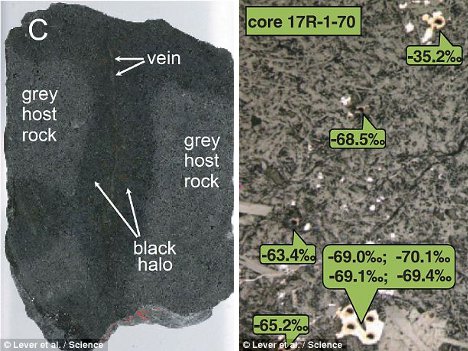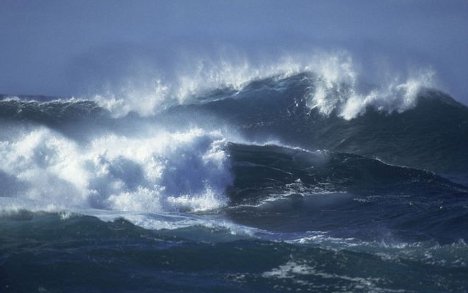
From our very first science lessons, we are taught that all life on Earth needs sunlight to exist – but what if there were an entire parallel universe right here on our home planet that grows and thrives without ever seeing the sun? That is precisely what an international team of scientists have found deep within the basalt of the Pacific Ocean floor. The oceanic crust is hidden beneath hundreds of meters of sediment and water, and within that crust is what scientists are calling the largest ecosystem on Earth.

The micro-organisms found within the basalt seem to exist without a trace of sunlight and almost entirely disconnected from the rest of the ocean above. They survive on chemosynthesis, with some using hydrogen as a source of energy. The organic material created by the hydrogen-eaters goes on to feed other types of basalt organisms. Although the basalt layer that was sampled by the scientists is 3.5 million years old, the team is quite certain that the DNA they found is from extant species, not fossil life.

The discovery raises questions over just what we should be looking for when we search for life on other planets. So far, we have been looking for conditions similar to those required by creatures who dwell on Earth’s surface: oxygen, carbon, water, hydrogen, nitrogen and the proper level of sunlight. But if this entire world of organisms can survive right here on our very own planet without some of those basic “necessities,” then maybe there are lots of planets out there supporting life in ways completely unfamiliar to us.

